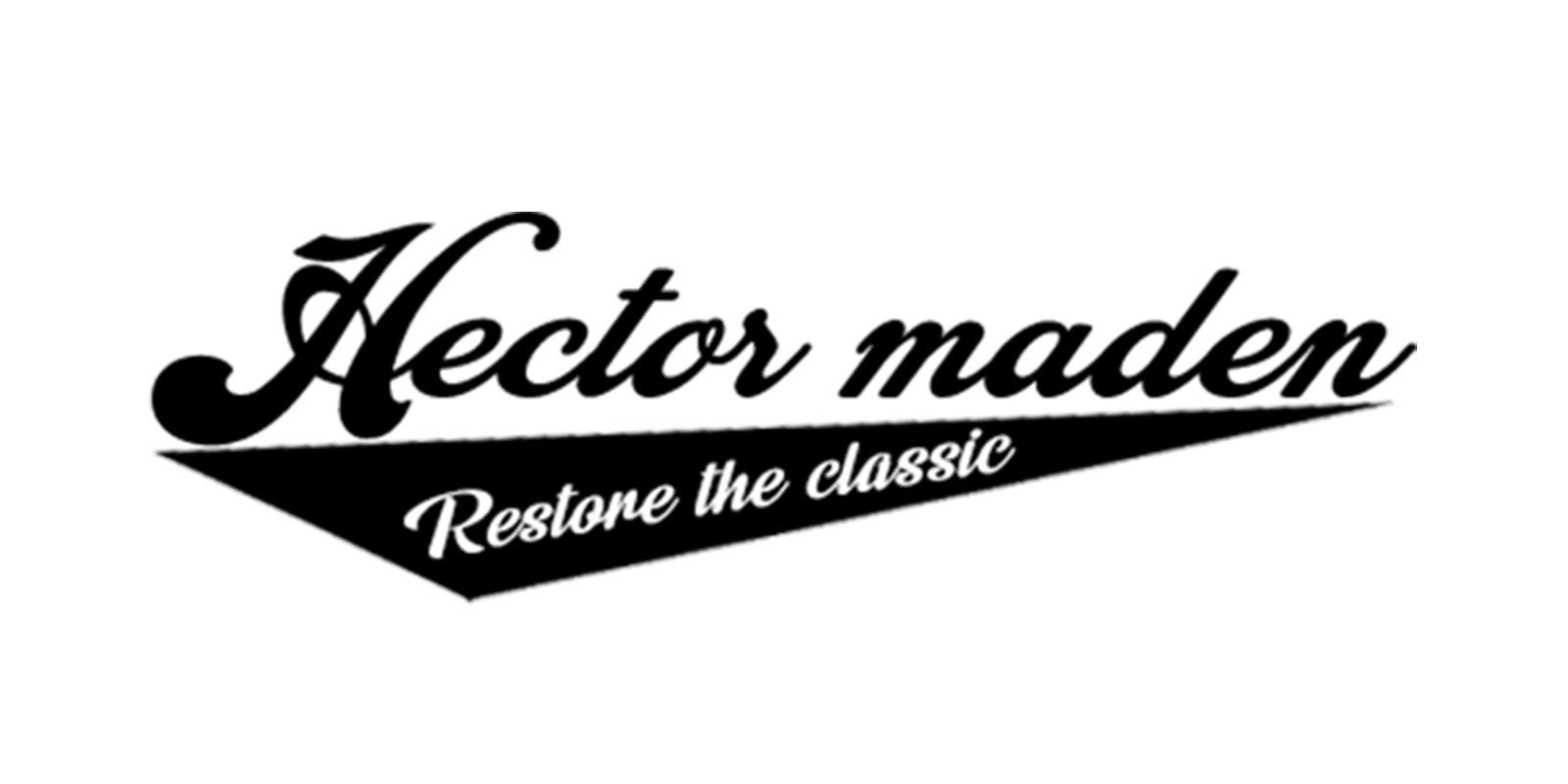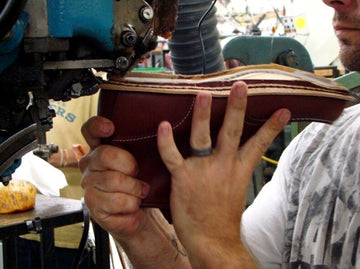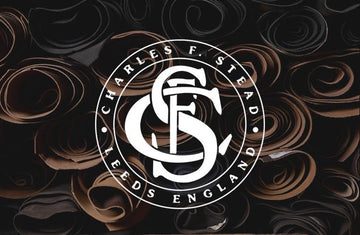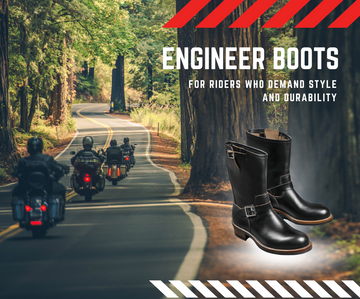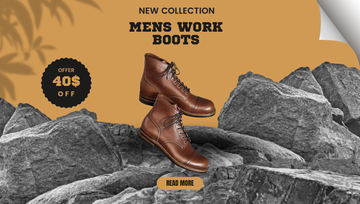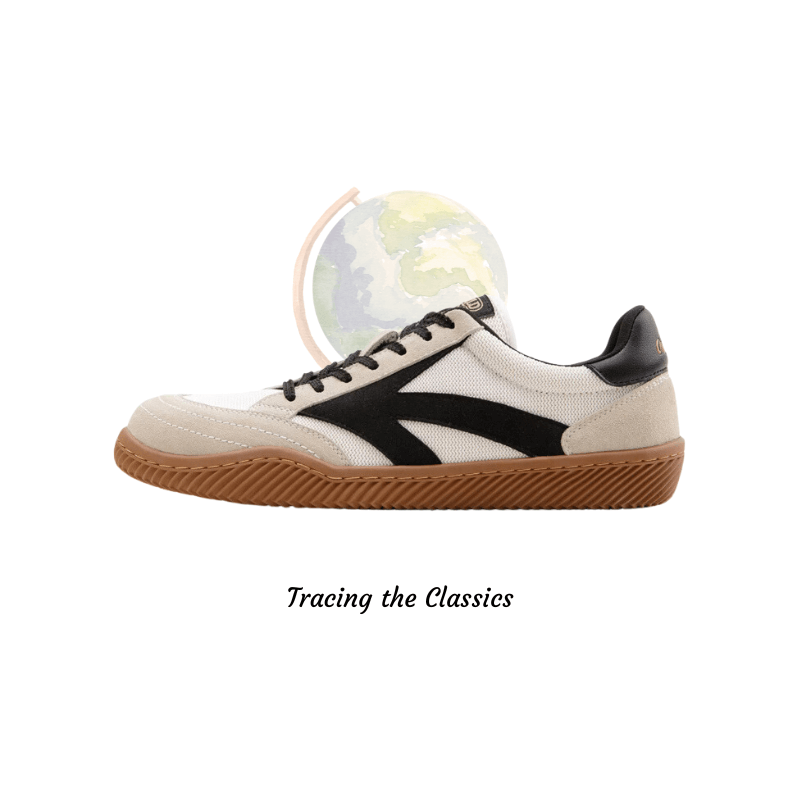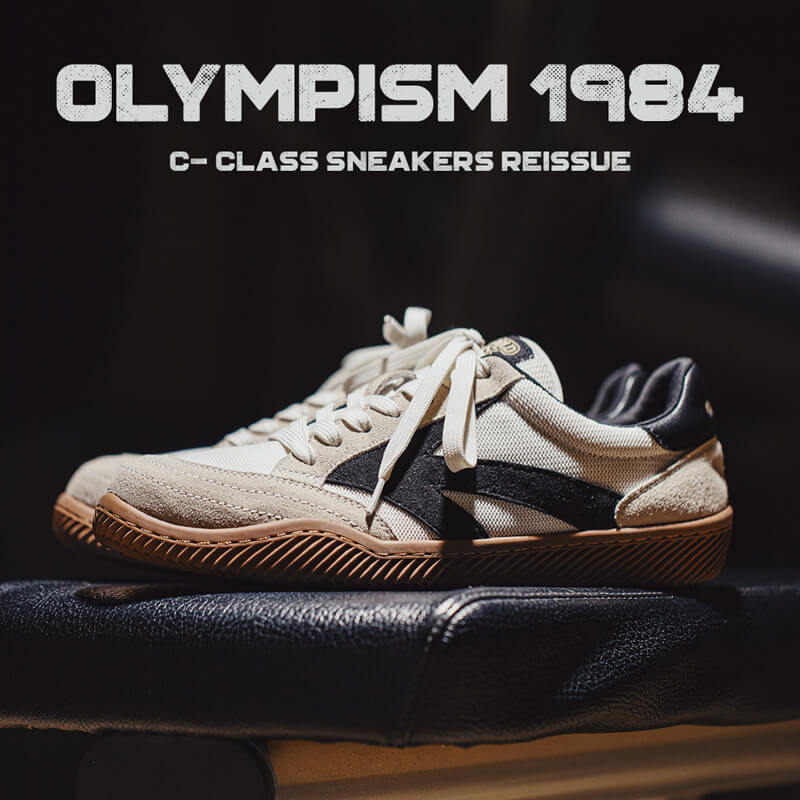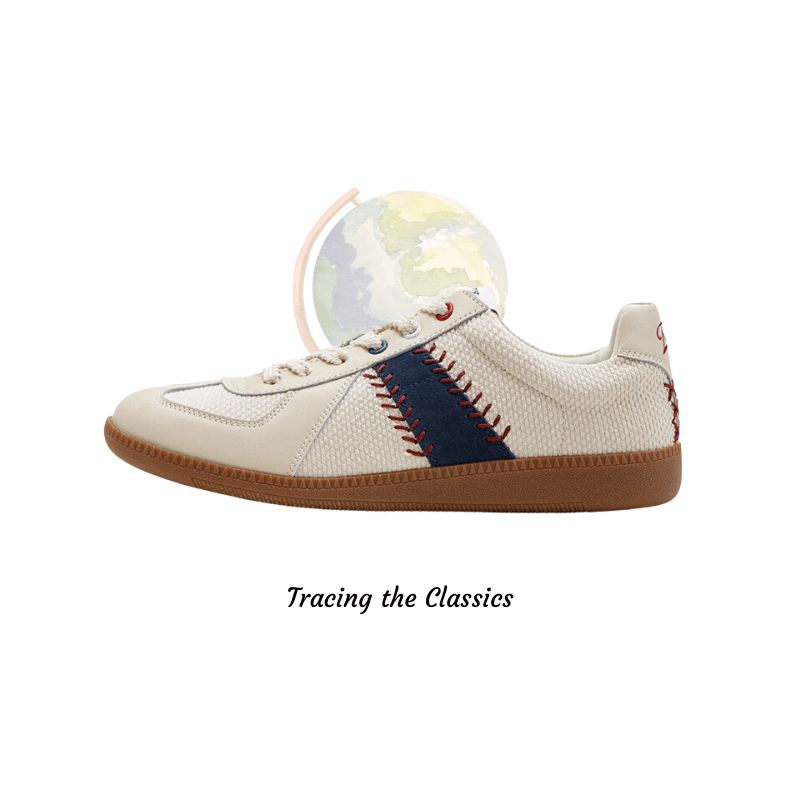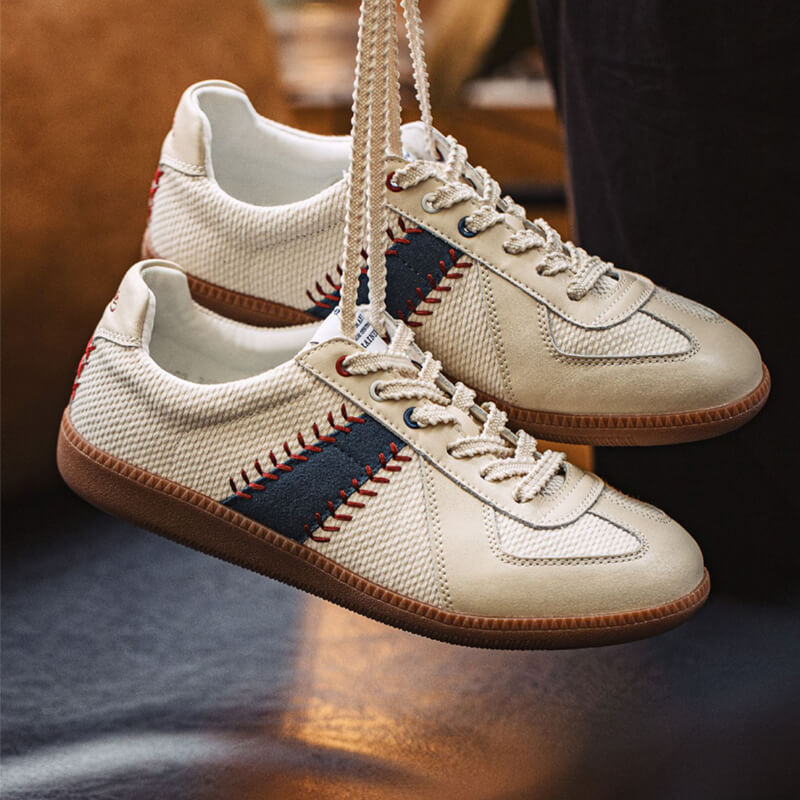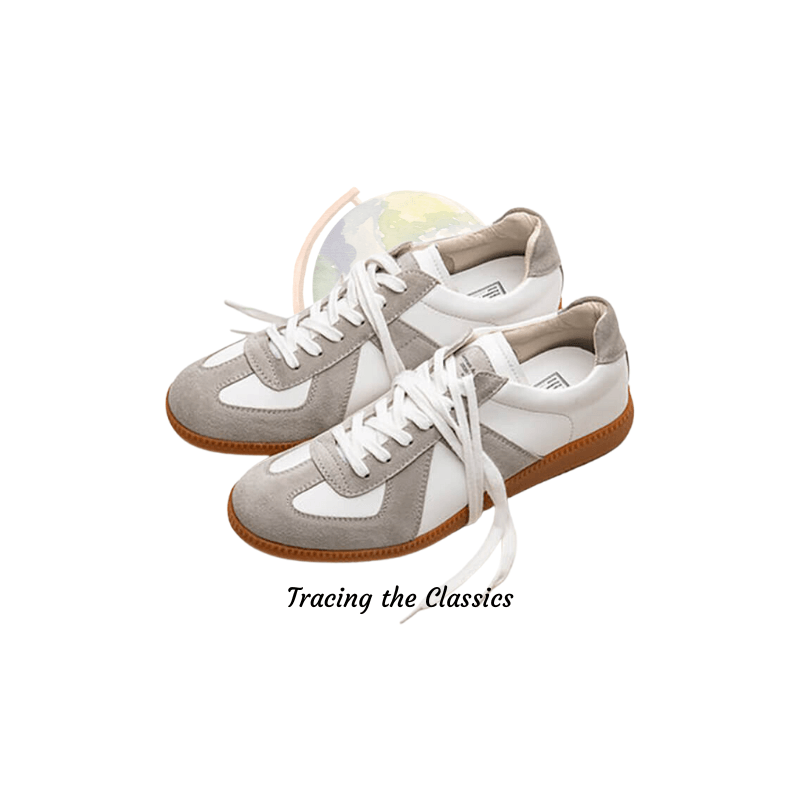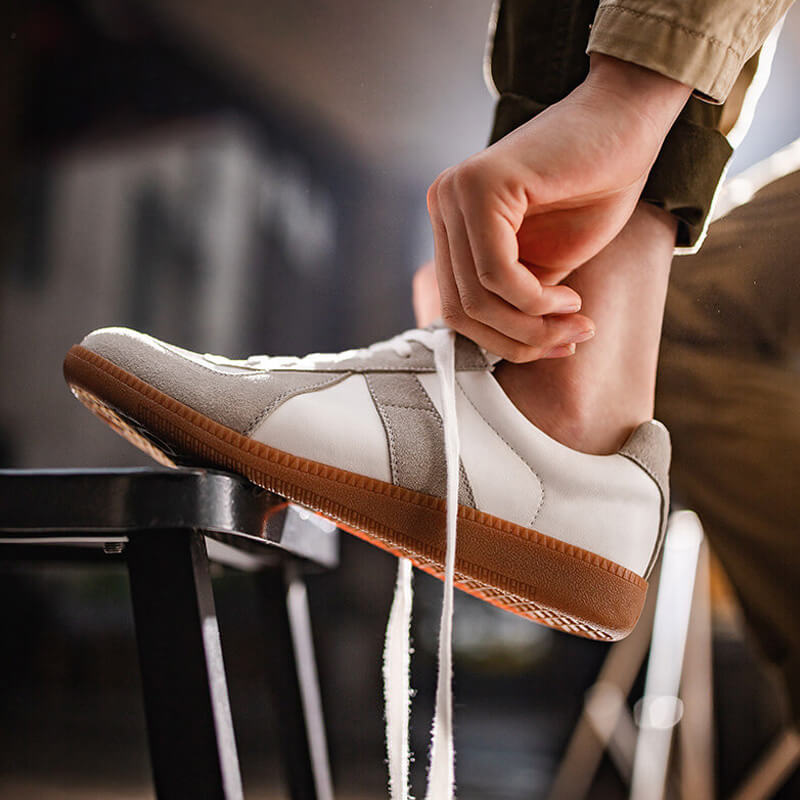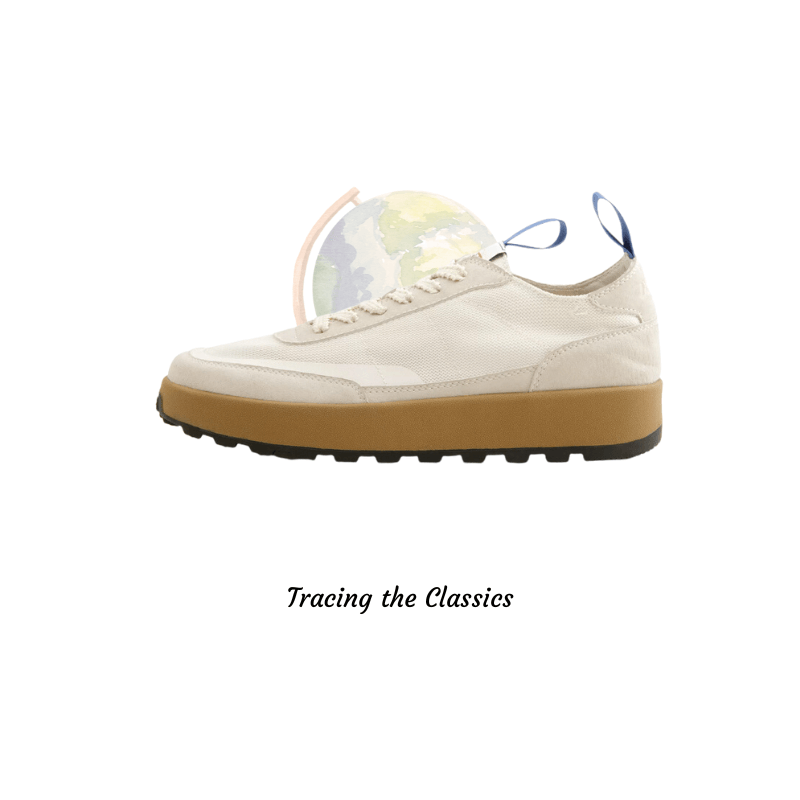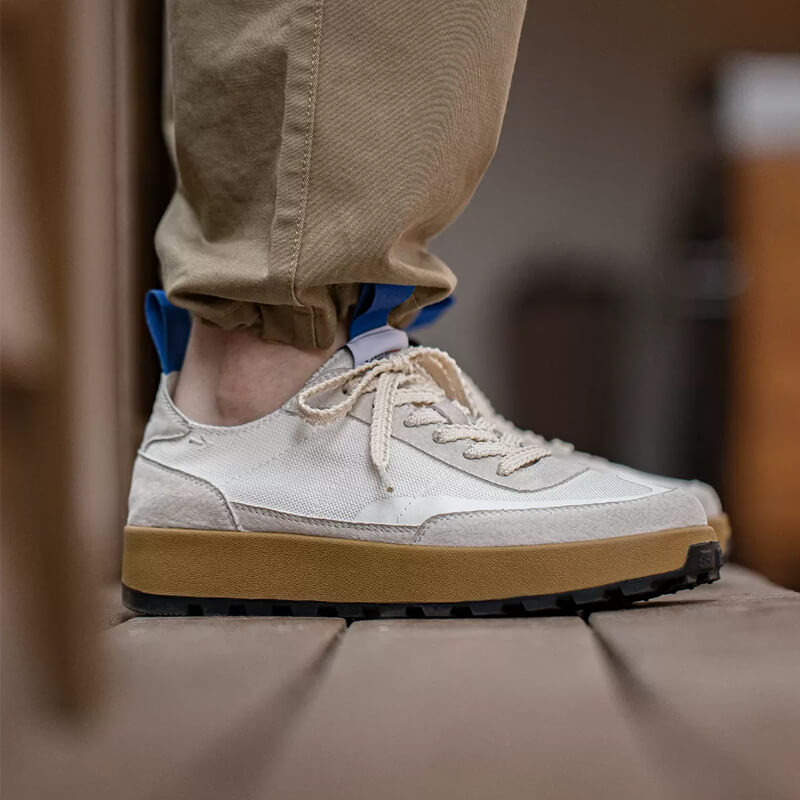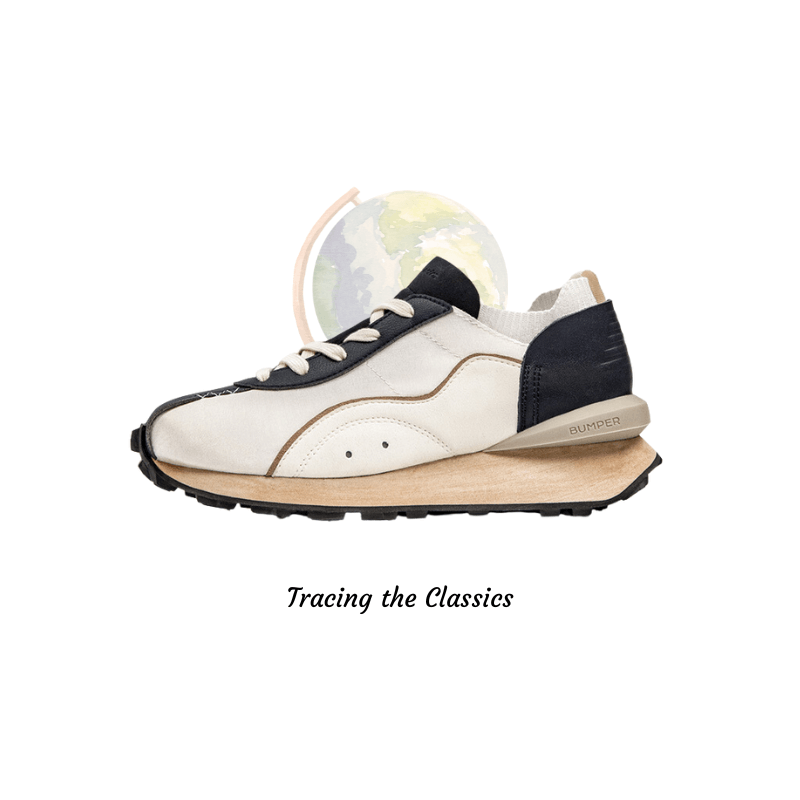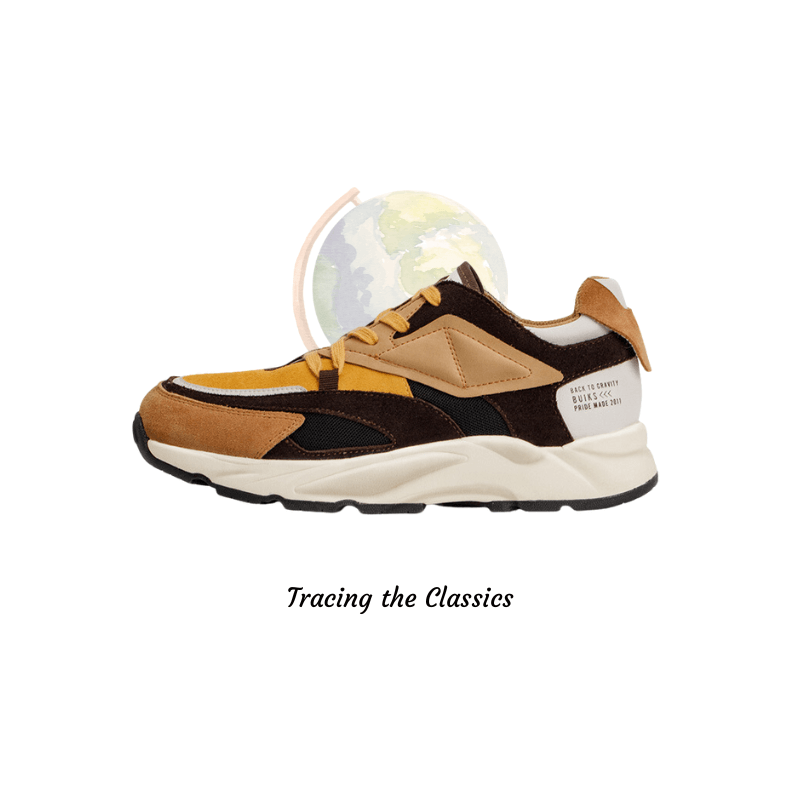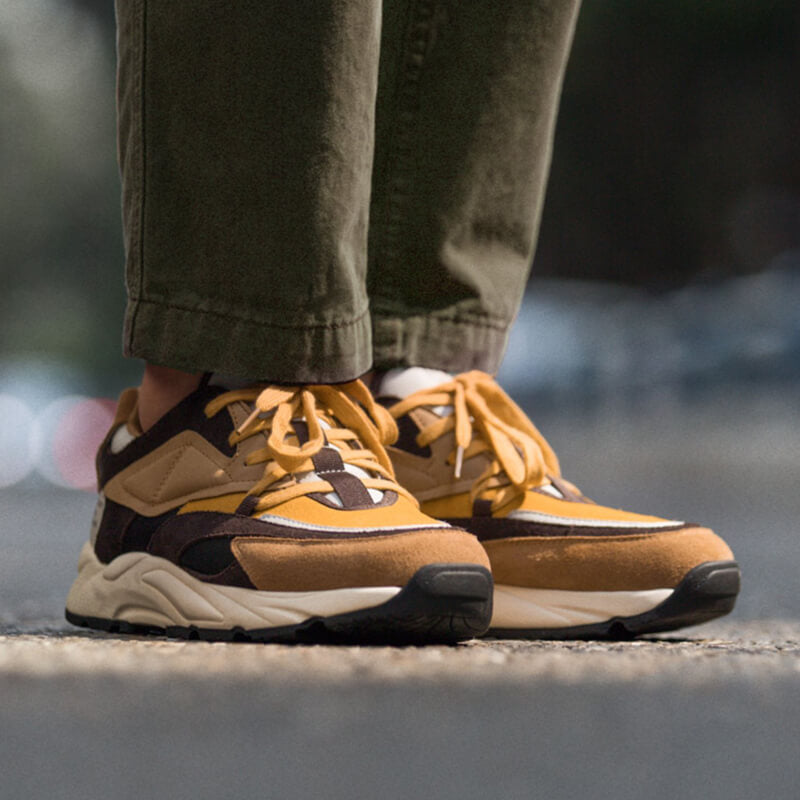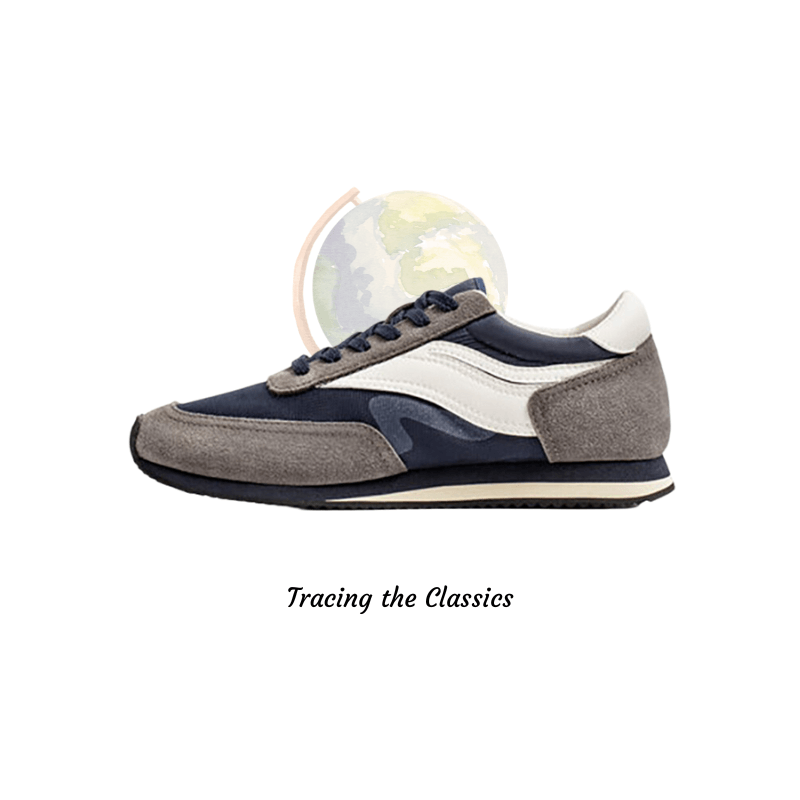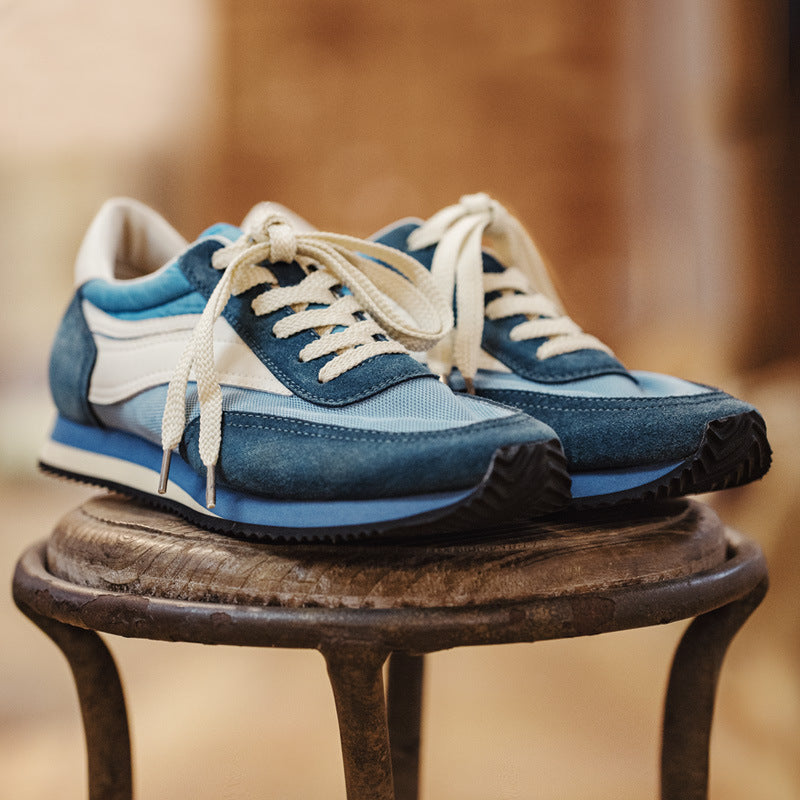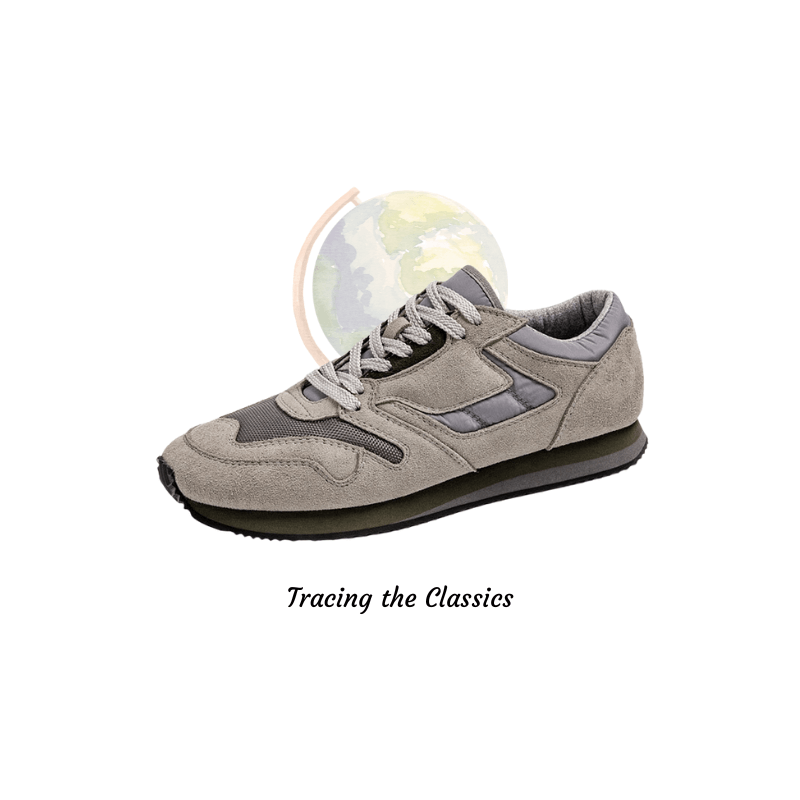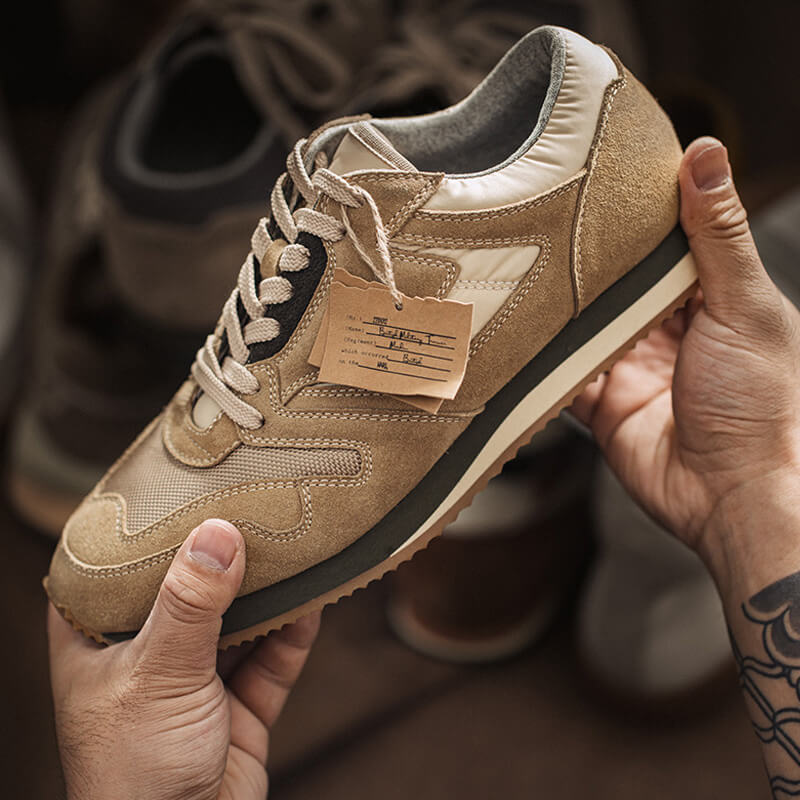Goodyear welt shoe-making process is divided into Handmade Goodyear and machine Goodyear. In 1872, Andreas Eppler cited the welt sewing process invented by Charles Goodyear to make Goodyear's mechanical equipment for sewing Goodyear, and Goodyear upgraded from manual to machine. The manual Goodyear shoe making process we are familiar with now is actually mostly machine Goodyear shoe-making process.
One classic, two options
Although the handmade Goodyear welt is primitive, has many processes, is slow, and relies heavily on labor, it is more authentic and unique, and the price is naturally more expensive. Although the machine Goodyear replaces part of the handwork with equipment, it can also interpret its classics, and is even more sophisticated and standard, and the price is accepted by more people.
These two Goodyear sewing methods have inherited Goodyear's welt seam method. The two do not conflict, just depend on different choices.

The 200 Years History of Machine Goodyear
The most traditional manual Goodyear is slow, difficult, dependent on labor, and has a low shoe production rate. Therefore, during the rapid development of the United States in the 19th century, Goodyear welt shoemaking equipment was introduced to Europe. This process continues in another way.

The handmade Goodyear tools are simple, and they are all completed by the original and slow handwork of the craftsmen. The appearance and use of machine Goodyear liberated the traditional manual operation of the shoe industry.
Machine Goodyear uses equipment instead of manual shoe making, and the pace of shoemaking is accelerated
The welt sewing is operated by machinery, and the speed is much faster than manual sewing; the efficiency of machine sewing soles is higher than that of manual sewing, which meets the needs of mass production;
Machine Goodyear gets rid of the "uniqueness" of hand-stitching, making the finished shoe more refined and standard.
